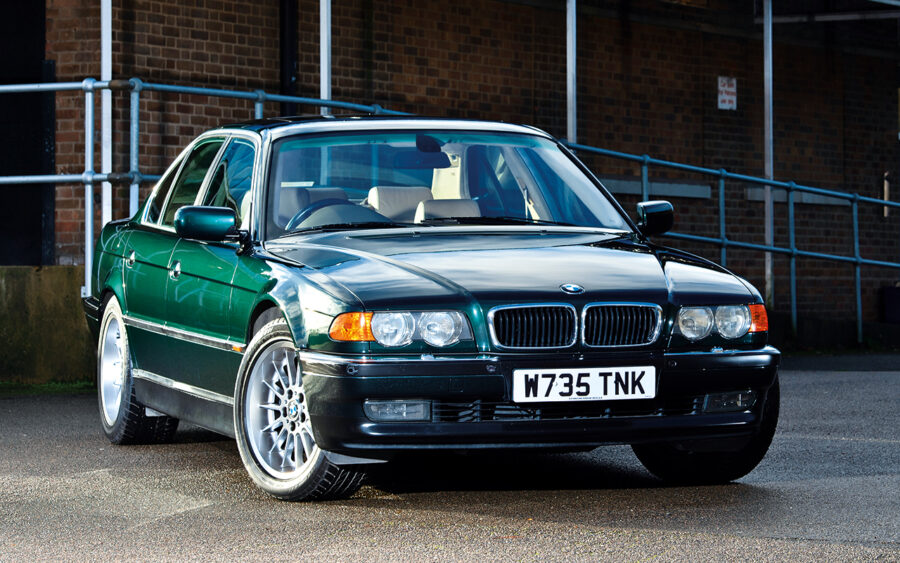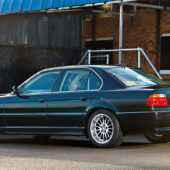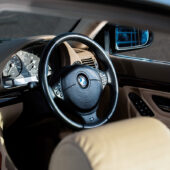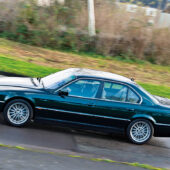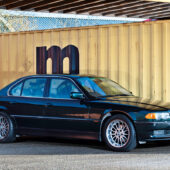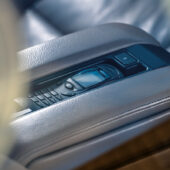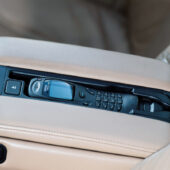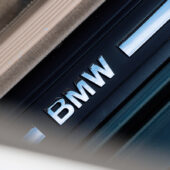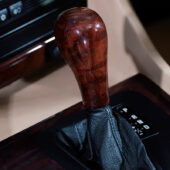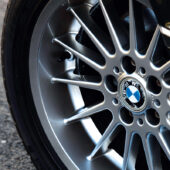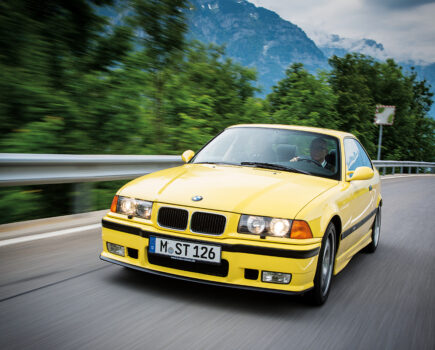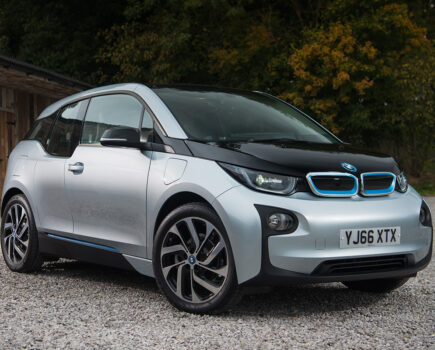Introduced in 1994, the E38-generation BMW 7 Series was a considerable step forward – and very handsome to boot
There’s no denying the E38 7 Series is a complex car; all that ageing tech could be a problem, as even the newest E38 7 Series is now two decades old. BMW reckoned that the E38 had more computing power than Apollo 11, in fact. But we reckon its still a great modern classic choice – and probably one of the most handsome saloons ever made.
At launch there were noises that the E38 did not advance the story of the E32 far enough – but time has been kind. Two models were available initially – 730i and 740i powered by 3.0- and 4.0-litre V8 engines borrowed from its predecessor – the 7 Series E32. These were mated to a five-speed automatic gearbox clever enough to adapt to your driving style, while some markets outside of the UK were offered a rare manual gearbox.
The 7 Series is packed with toys and the E38 was no exception. Much of it came as standard, but an extensive options list was the real talking point. Available additions included TV function, blinds, comfort seats and electronic dampers.
In September 1994 the flagship 750i arrived, powered by its forebear’s V12 engine but enlarged to 5.4-litres – 326hp and 361lb ft of torque resulted in 0-62mph being achieved in 6.6-seconds, which at the time, and for a car this size, was pretty impressive. The equipment list was vast, and if you wanted it all in a longer format the 750i and 740i could be ordered in long wheelbase iL versions, these were 14cms longer in total.
The 728i was added to the range in September 1995, its six-cylinder engine was a good one with 193hp and 207lb ft of torque compared with the M60 V8 (with no VANOS) found in the 730i’s which produced 218bhp and 214lb ft. It’s worth noting that the 728i was also more economical than its eight-cylinder counterpart, but if economy was your goal then the diesel offerings were worthy of further investigation.
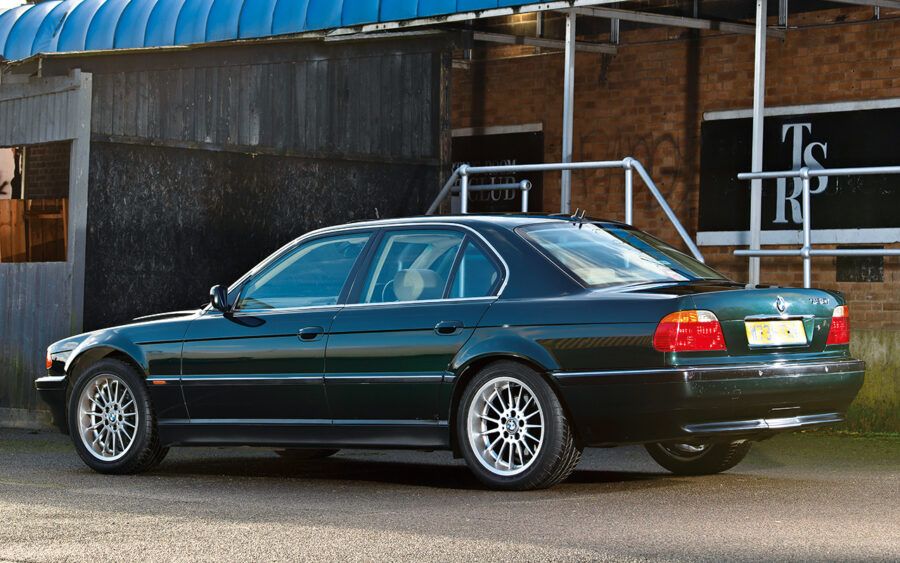
The 725tds – only available in Europe – produced 143hp which meant it was far from quick, BMW made less than 10,000 examples over a four-year period making it very much a rarity these days. A pair of other diesel offerings never made it to the UK – the 730d and 740d of 1998. The 730d used the 330d/530d six-cylinder 184hp engine, the 740d a 4.0-litre turbocharged V8 producing 245hp and 413lb ft of torque – just 12,336 and 3450 examples respectively were built.
In March 1996 BMW added the 735i and a revised 740i to the mix while quietly dropping the 730i. Powered by a 3.5-litre version of the V8 engine, the 735i’s numbers weren’t bad – 235hp and 236lb ft of torque, and thanks to now running VANOS variable valve timing the unit was more drivable. Meanwhile the 740i ran a 4.4-litre version of the M62 engine – it too equipped with the VANOS system – putting out 286hp and 310lb ft of torque. All 735is and the 740is produced from March 1996 onwards have the later non-Nikasil engine, which means the major headache with those linings is not a concern.
From September 1998 came a facelift, the revised headlights mimicking those found on the E46 3 Series, while the rear clusters were now jewelled affairs. Of course there were a few other small aesthetic changes, and both the six- and eight-cylinder engines received revisions. In came Double VANOS with variable valve timing on both the inlet and exhaust, the M52 six-cylinder now produced its torque lower down the rev range. Meanwhile the V8s had their torque figures raised to 254lb ft (735i) and 324lb ft (740i). The M Sport Pack also arrived comprising colour-coded bodywork, 18-inch alloy wheels, M Sports suspension, sports seats, and a through de-chroming together with an M multi-function steering wheel and anthracite headlining. In March 2001 this became a standalone model with the Sport moniker.
Of the E38’s driving experience, back in 2008 BMW Car said: “The Seven can still make a pretty good fist of attacking a challenging back road. The Servotronic steering can give a little bit of a remote feeling about the helm, but once you get used to the car’s abilities it isn’t really a problem. What the E38 does give you in spades though is oodles of space, both for passengers, luggage and cabin storage. You could quite easily apply the E39’s ‘Best car in the world’ tag to the Seven and just add ‘but a bit bigger’.”

BMW 7 Series (E38) timeline
1994
BMW 7 Series E38 launched in 730i and 740i guises. Flagship 750i arrives later that year.
1995
728i and 725tds added to the range.
1996
735i added alongside revised 740i; 730i dropped.
1997
The BMW 750iL stars in James Bond film Tomorrow Never Dies. BMW actually supplied 740iL models for filming which were then rebadged.
1998
Facelift arrives with jeweled lights, VANOS engines and M Sport option.
2001
M Sport becomes standalone Sport model. E38 replaced by all-new E65-generation 7 Series in November of that year.

